Plants need light for photosynthesis – the process at the heart of plant life and all life on Earth. Most of the time, as gardeners and growers, we rely on the sun to provide the light that plants need. When growing indoors, however, natural sunlight may be in short supply, and grow lights might be used as an alternative to provide the necessary light.
How Grow Lights Mimic Natural Sunlight

The sun emits photons (light) at different wavelengths across a full spectrum. At one end of the spectrum of visible light we have blue light (with a wavelength of 425 to 450 nanometres), and red light (with a wavelength of 500-700 nanometres) is at the other.
To work in the same way as natural sunlight, grow lights also need to emit light across the full spectrum. For most plants, in most indoor growing situations, full spectrum lights – producing light in the blue and the red parts of the spectrum - are required. Full spectrum lights ensure that plants get what they need for both vegetative growth and healthy flowering.
This ability to produce light across the whole spectrum of visible light is what sets a grow light apart from an ordinary light bulb that you might have in your home. Ordinary lamps or lightbulbs do not tend to produce light with wavelengths across the whole of the spectrum – only a smaller portion thereof.
Because grow lights can produce light across the same wavelengths as natural sunlight, they can effectively supplement or even entirely stand in for that natural source of illumination.
Plants need light within the 400 to 700 nm wavelength range to photosynthesize; this range is referred to as Photosynthetically Active Radiation (PAR).
The metrics PPFD and PPF indicate the amount of PAR produced by a light source that plants can utilize for photosynthesis and growth. PAR itself denotes the quality of light but not the quantity.
Both PPFD and PPF are measured in micromoles. PPFD, or Photosynthetic Photon Flux Density, is expressed in micromoles per square meter per second (μmol·m²/s or μmol/m²/s). PPF, or Photosynthetic Photon Flux, is measured in micromoles per second (μmol/s), and it is sometimes abbreviated to μmol. You may see these terms and units of measurement when trying to work out which grow lights are right for you.
Types of Grow Light and Their Functions
There are several different types of grow light, and each of the options has certain strengths and weaknesses. Understanding the properties of the different types can help you to understand their pros and cons and find which option is right for you and the plants that you wish to grow.
LED Grow Lights

LED Grow lights, though not the cheapest option, are by far the most efficient grow lights that are available today, and are the most sustainable option. They offer low operating temperatures, high light efficiency and the ability to customise lighting for specific plants, even offering the opportunity to improve on the recipe of sunlight itself to optimise plant health and plant growth.
Incandescent Grow Lights

Incandescent grow lights are often the cheapest option for the initial purchase. However, they are also incredibly inefficient and lose a lot of energy to heat. So they are likely going to cost a lot more in the long run and can cause environmental issues for plants due to the excess heat output.
Fluorescent Grow Lights
Before the advent of LED options, fluorescent grow lights were the most common choice and likely the best one for home growers. They are typically a little more costly than incandescent grow lights but are more energy efficient and provide a wide spectrum of light. They put out less heat than incandescent grow lights but are not as efficient as modern LED grow lights can be.
HID/HPS or MH Grow Lights
High intensity discharge lights, also called high pressure sodium lights, and ceramic discharge metal halide lamps are other options that can also give out full spectrum light. These are powerful bulbs but not efficient ones.
While common for commercial growers, they tend to be costly and difficult for home growers to implement effectively. There can be a range of challenges surrounding heat discharge, and ventilation for plants, when using lights of this kind, and plants will usually need to be further away from these grow lights than from other kinds, leading to lower lighting efficiency.
For most small and medium-scale home growing indoors gardeners, full-spectrum LED grow lights are the best choice.
Remember, LED grow lights offer:
- High energy efficiency (so reduced energy costs - a lower electricity bill - over time and a likely a lower carbon footprint).
- Low operating temperatures (a low heat-output keeping plants healthy, reducing the need for ventilation, reducing the distance between plants and lights and reducing water use).
- High light efficiency (over 60% light efficiency with recent LED grow light examples).
- The ability to alter and use light at specific wavelengths to achieve specific results, to suit specific plants, and to optimise results.
Benefits of Using Grow Lights for Indoor Gardening
As we have already discussed above, grow lights can supplement or stand in for natural sunlight as long as you choose the right lights for the job. They can allow you to grow indoors without having to worry about windows and how much natural light is available within the space.
Those gardening without grow lights indoors will soon find that they are rather limited in their options. Which plants they are able to grow successfully will depend on the available natural sunlight within the space. In rooms with low natural light, options will be extremely limited.
The use of grow lights makes it possible to grow indoors in rooms with very little or even no natural light. It even enables plants to be grown in windowless rooms, or entirely underground – the sorts of places where growing plants would have been utterly impossible before such grow light technology existed.
Grow lights make it possible to de-couple gardening and growing efforts from the natural cycles of the sun and the seasons of the year. This makes it possible to grow year-round without the restrictions that would be present when growing outside in your climate and conditions.
Using grow lights as an indoors grower can give you a deeper appreciation for the sun, the light it emits, and the amazing photosynthetic powers of the plants you grow. You can gain a much deeper appreciation for and understanding of the natural light spectrum and what blue light and red light can do.
You may also be able to control light levels more precisely than you could do when dealing with natural light, and so can optimise the results you are able to achieve.
Plants that Need a Lot of Light

There are some plants that can make do with far less light. But many plants need a lot of light, including many that we use for food. If you are trying to grow your own food indoors year-round then it is likely that you will find your results disappointing if you do not have grow lights in place.
For example, fruits and vegetables such as:
- Tomatoes
- Peppers
- Eggplants
- Strawberries
- Zucchini
- Melons
- Cucumbers
- Pumpkins
- Peas
- Beans
And herbs including:
- rosemary
- oregano
- marjoram
- thyme
- tarragon
- sage
- lavender
- basil
- caraway
- dill
all have quite high light requirements and will do best if you use grow lights when growing them indoors.
When we talk about plants with high light level requirements, we are talking about plants that typically need more than 12 hours of light per day. Thought they may survive on fewer hours you will not see optimal growth, and around 16 hours often delivers the best results.
The plants that need the most light are typically flowering and fruiting types.
The precise needs of specific plants will vary when it comes to micromoles per square meter per second. Working out the PPFD and PPF needed can be important to achieving the best results when growing plants indoors.
The optimal PPFD for plant growth varies by stage of growth. For tomatoes and cucumbers etc., for example, the guidelines are 100-200 µmol/m²/s for seedlings, 200-500 µmol/m²/s during the vegetative stage, and 500-600 µmol/m²/s when the plants are flowering and setting fruit.
Common Misconceptions and FAQs
At what height should I hang my LED grow light?
How high above your plants you should have your LED grow lights depends on the wattage of those lights. Remember, LED grow lights can generally be much closer than other types of grow light, since they do not give off as much heat. But you still need to think about light dispersal and make sure you have the lights at the optimal height.
There are a number of variables to consider. But generally speaking, LED grow lights should be placed 30-50cm above the plants if they are around 200 Watts, and 90-115cm above the plants if the lights are 1,000 Watts.
How long should I keep my LED grow light on each day?
How long you should have LED grow lights on each day very much depends on which plants you are growing and the exact setup. But you will typically need to run the lights for at least 8-10 hours each day for good plant growth, and most plants will grow best with more than 12. Never go beyond 18 hours per day, however, as plants also need at least 6 hours of dark as a 'rest' period each 24 hour day.
What wattage of LED grow light do I need?
Usually, growers will work from the rough rule of thumb that they need 20-40 Watts per square foot (around 215 to 430 Watts per square metre) of growing area. This level of power is typically sufficient for flowering/ high light plants. Some plants can cope with 10-15 Watts if they have lower light requirements, but growth will tend to be better above 20 Watts.
Will using LED grow lights increase my electricity bill?
Using any grow lights (if you have not used them before) will increase your electricity bill if you do not generate your own electricity renewably at home. However, switching to LED grow lights from other grow lights should reduce your electricity bill – sometimes considerably. LED grow lights are extremely efficient and low-energy-use when compared to other grow light types.
Some lights produce more micromoles per watt, indicating higher efficiency. This efficiency reduces operational costs because achieving higher light intensity requires less wattage. Consequently, you get more light output while generating less heat.
How long do LED grow lights last?
LED grow lights of good quality have an excellent life span. They can usually be expected to last for an estimated 50,000 to 100,000 hours. You should be able to expect to keep good LED grow lights for at least 12-15 years of operating normal growing cycles.
Do LED grow lights generate heat?
Any light will generate some heat and LED lights are no exception. The amount of heat generated will depend on the wattage of the grow lights used. However, LED grow lights are extremely efficient and produce a lot less heat than other types of grow light will do. The heat given off my LED grow lights is negligible when compared to the heat given off by other grow lights.


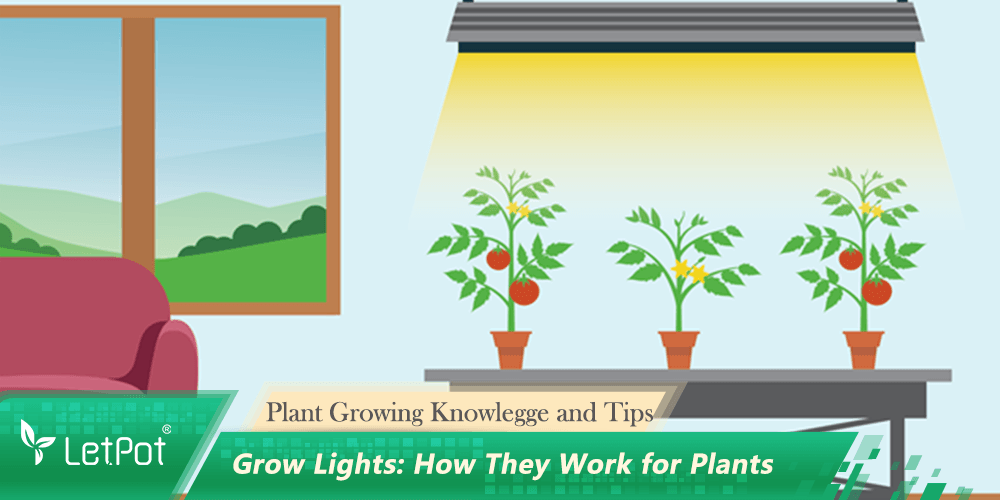
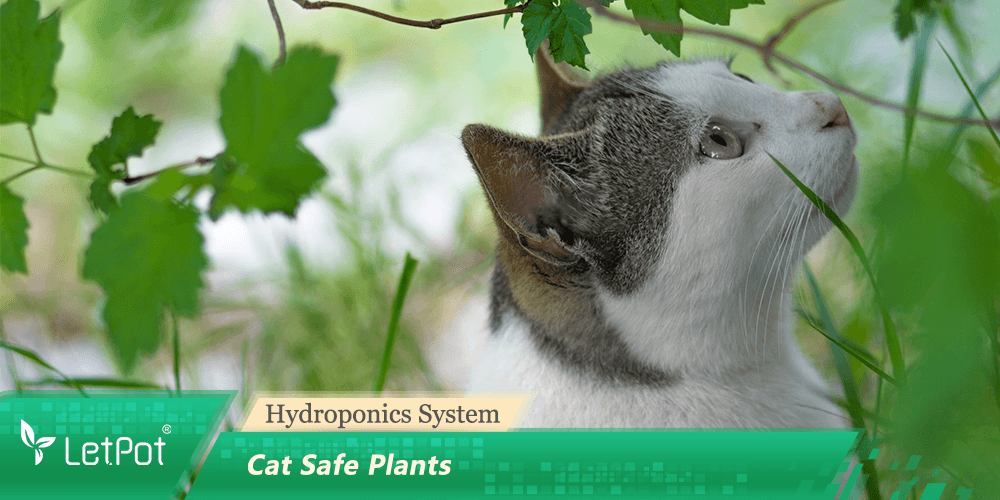
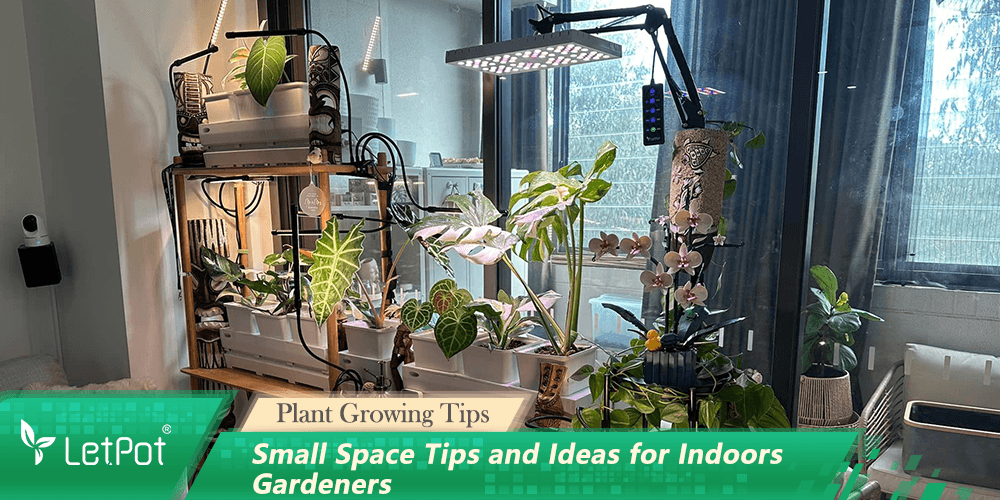
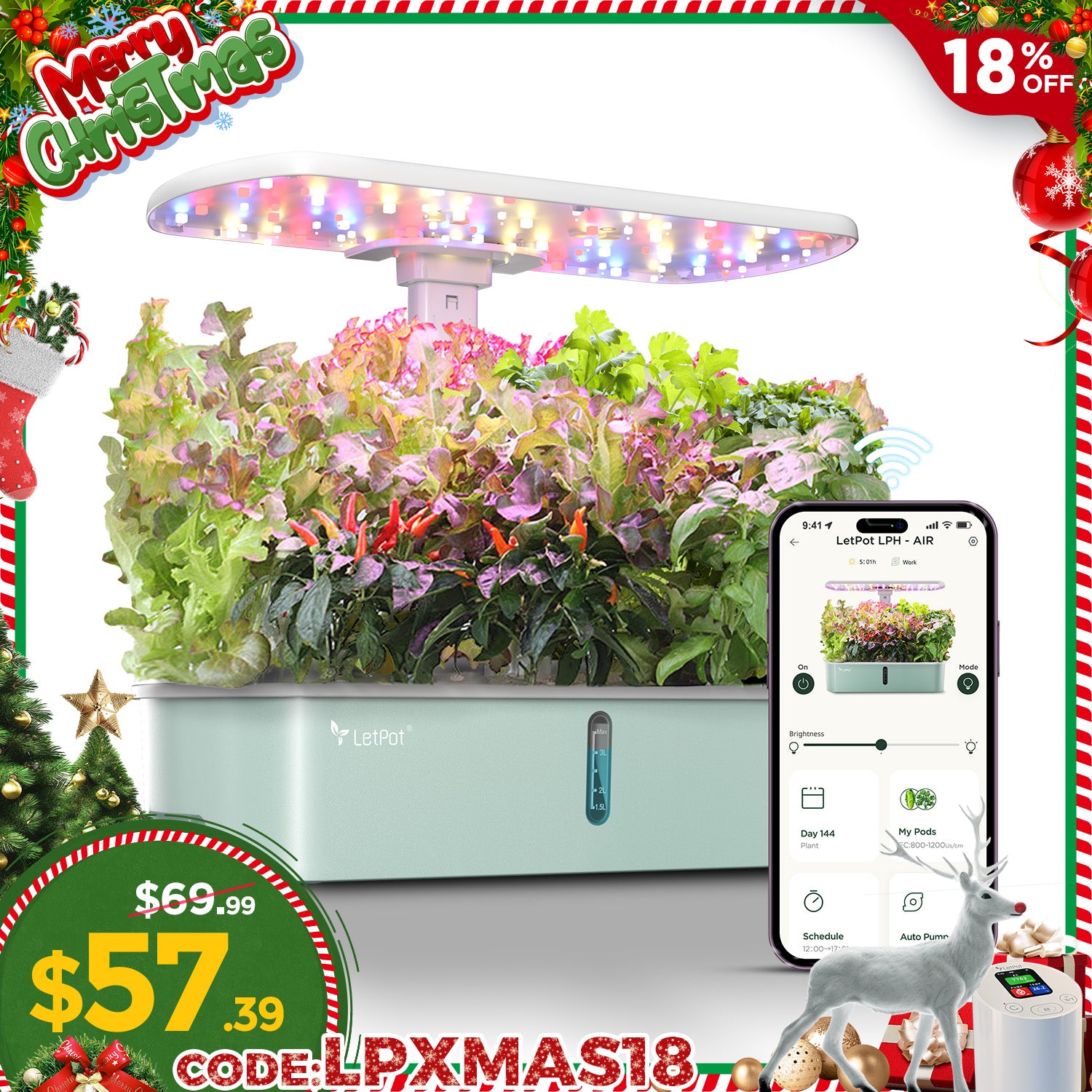

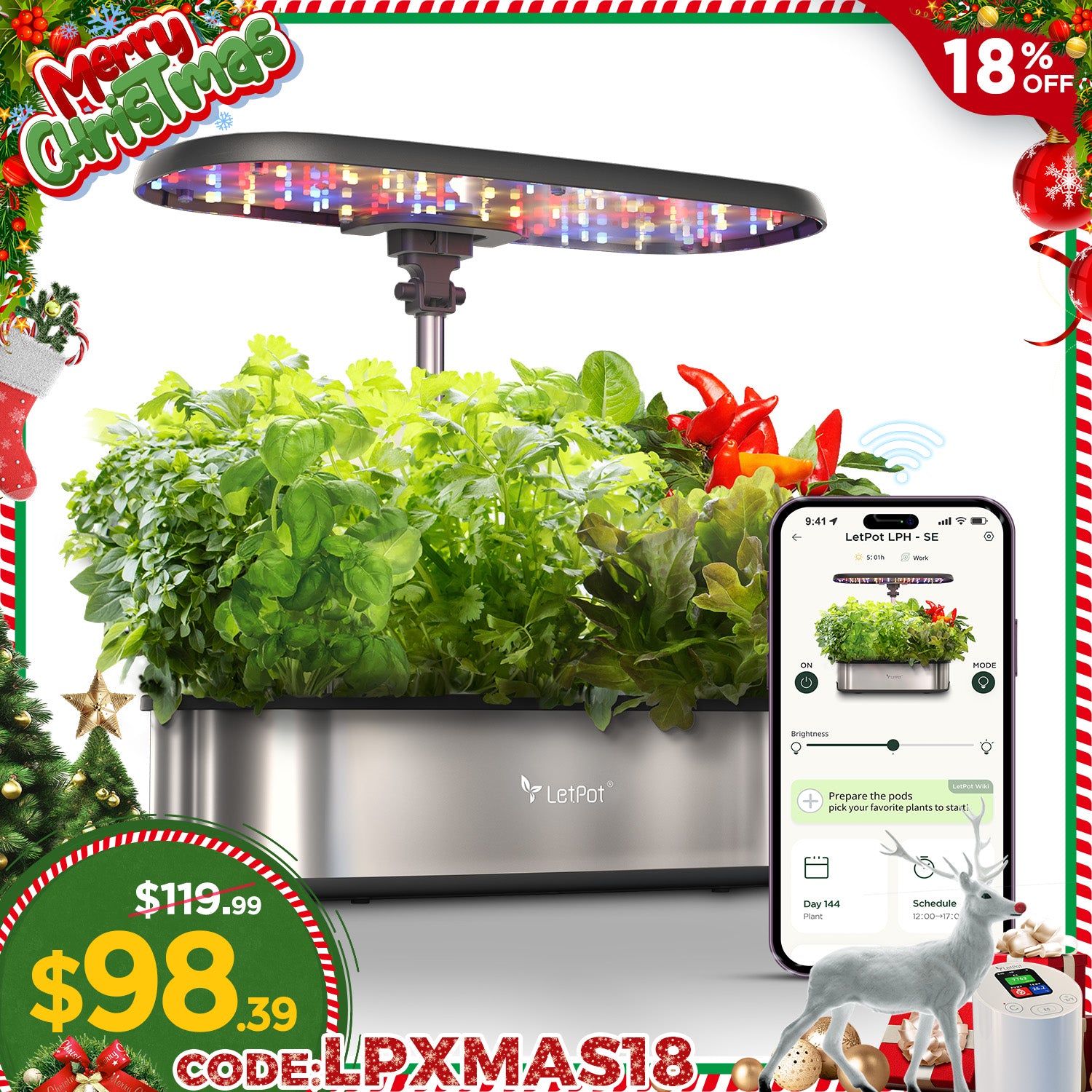
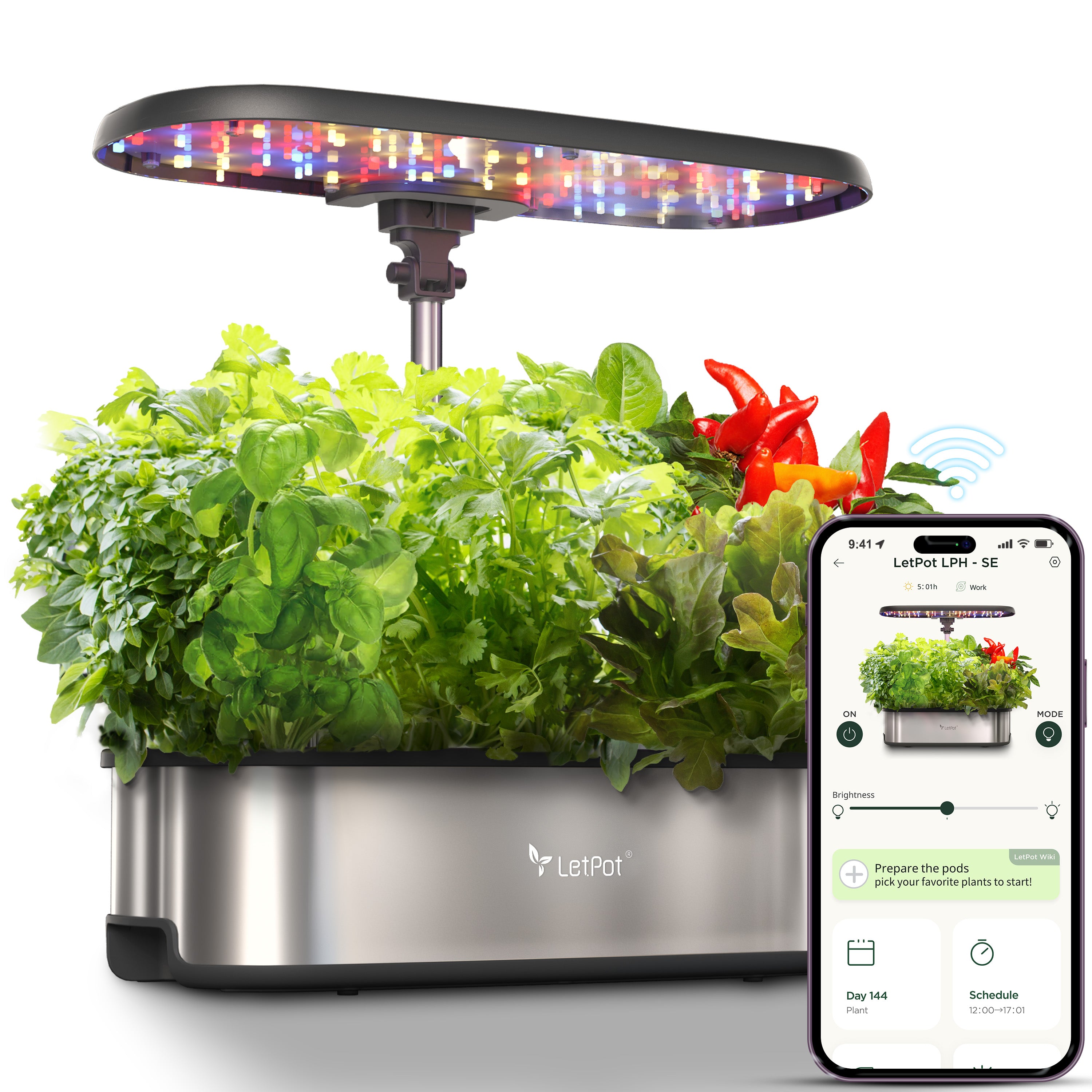
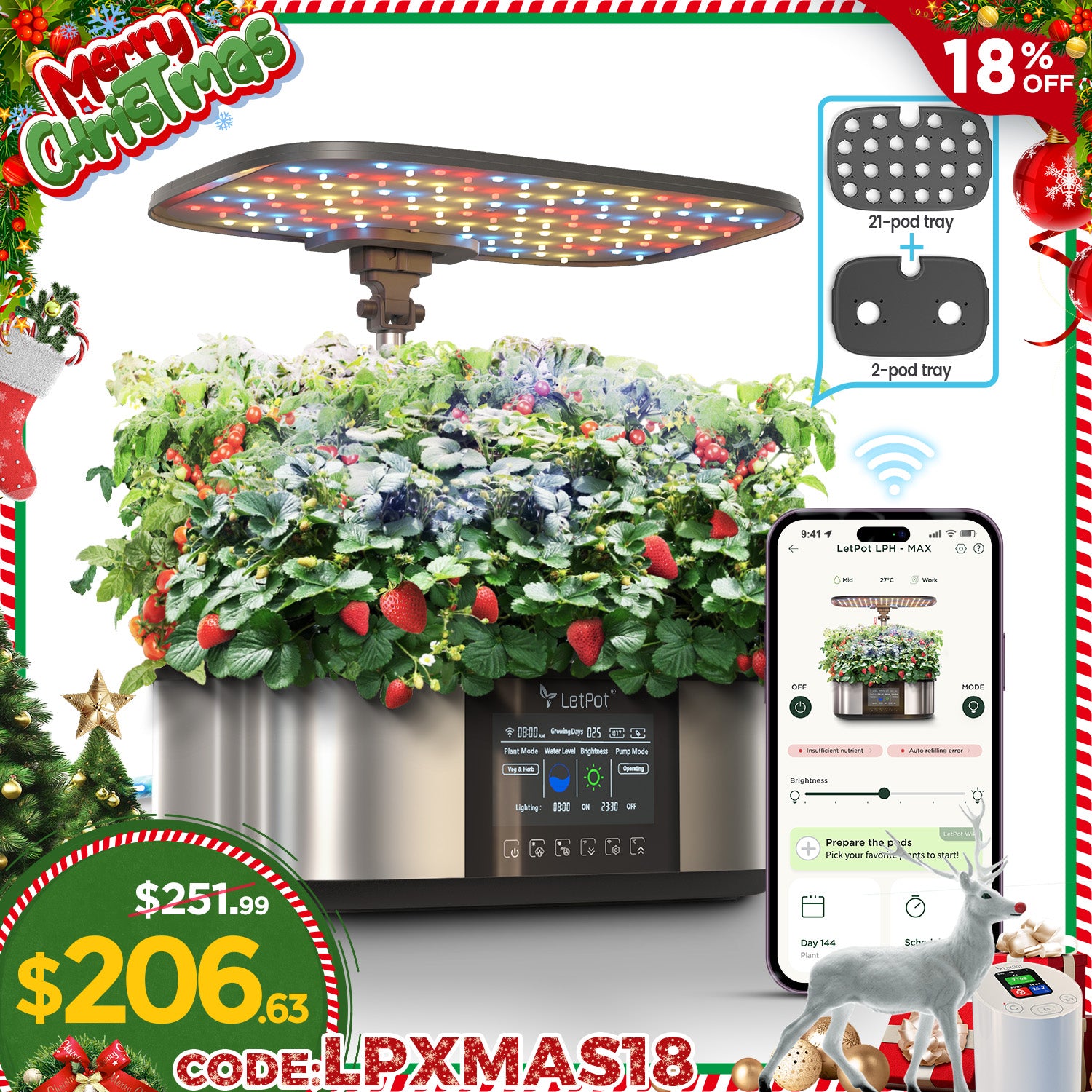
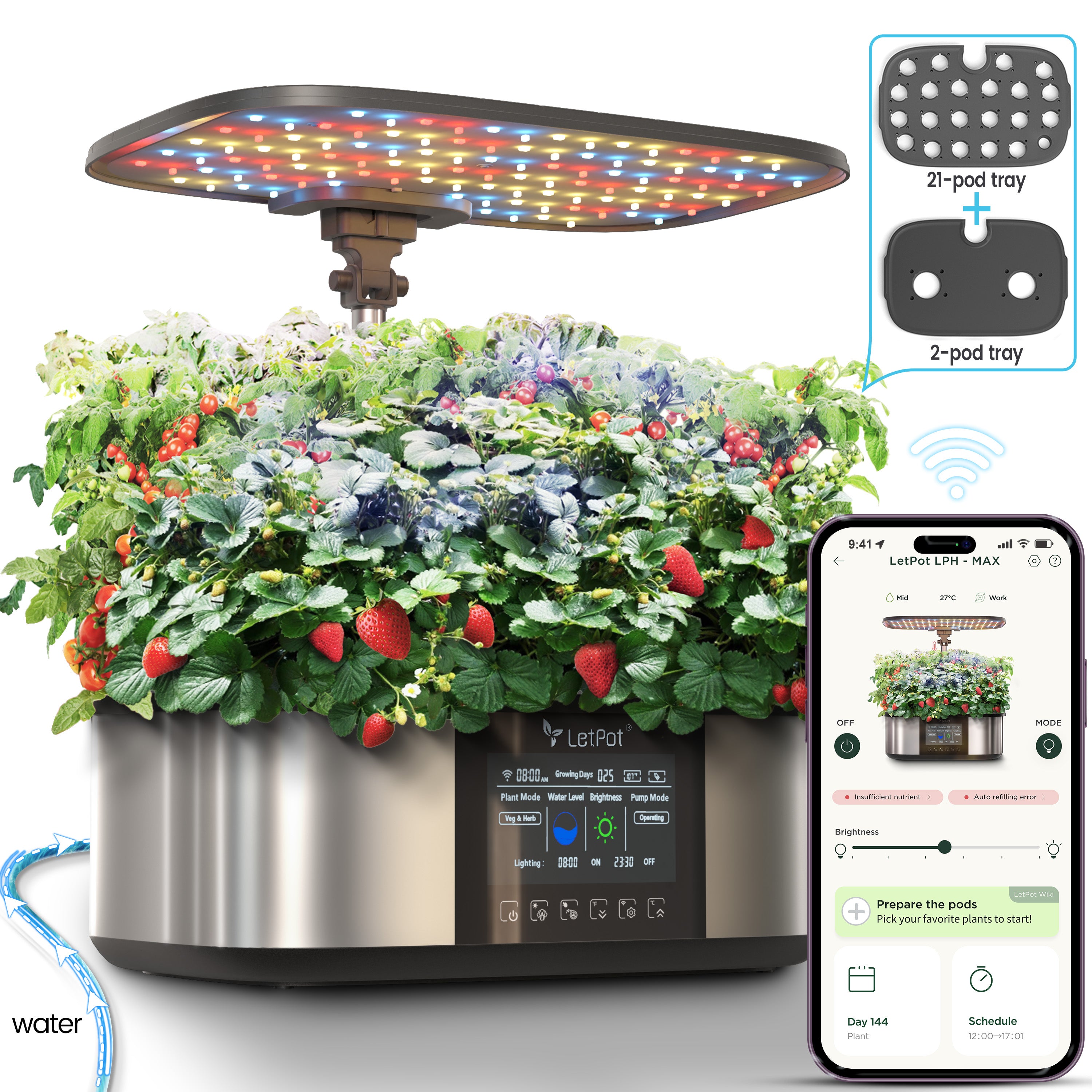
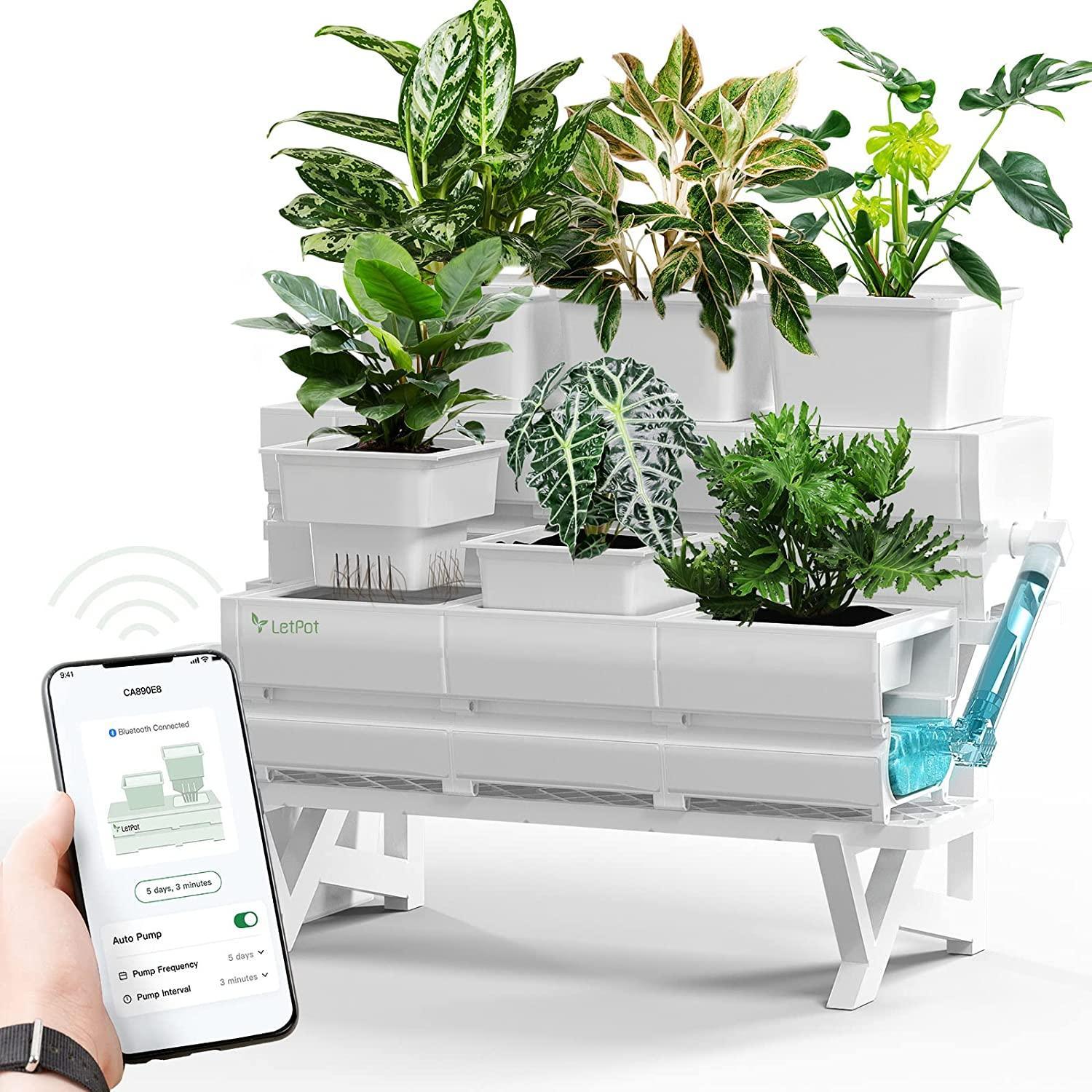
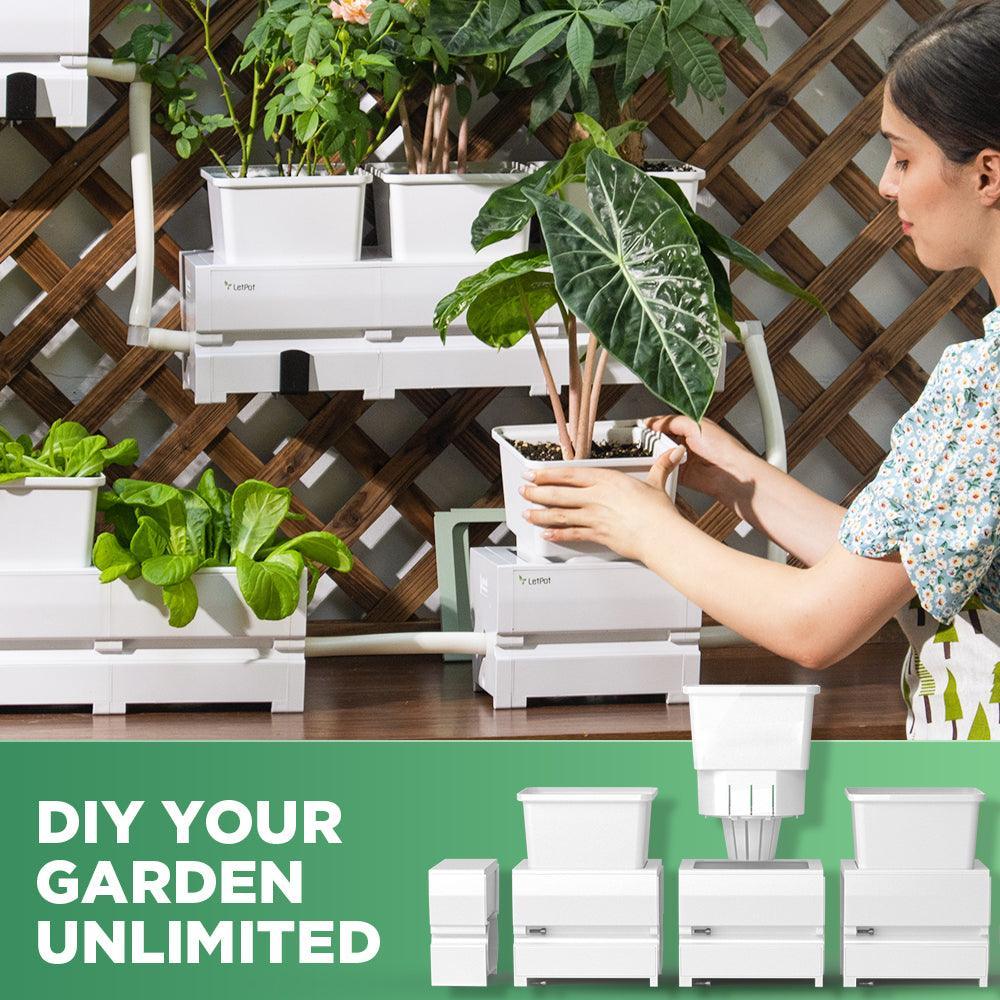
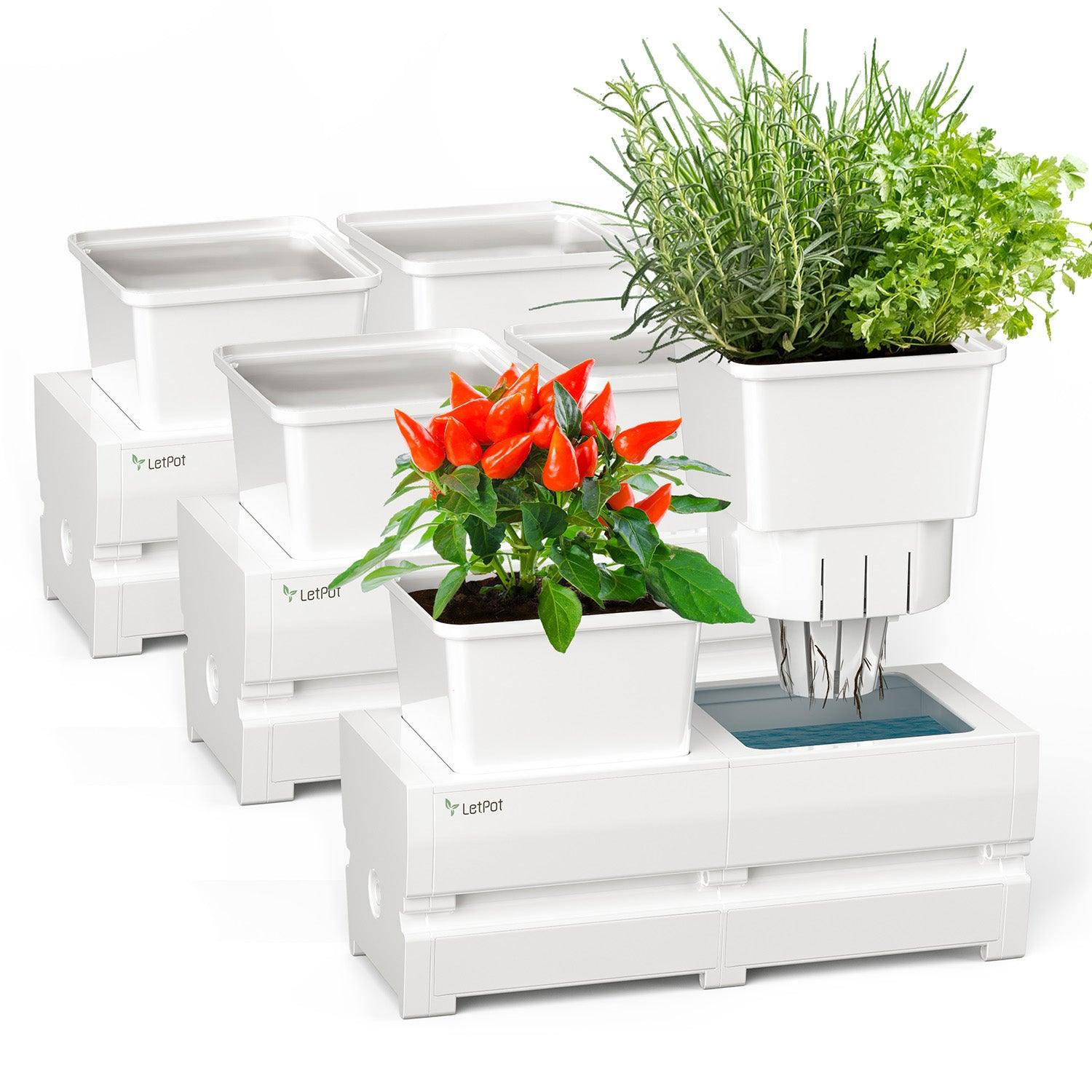
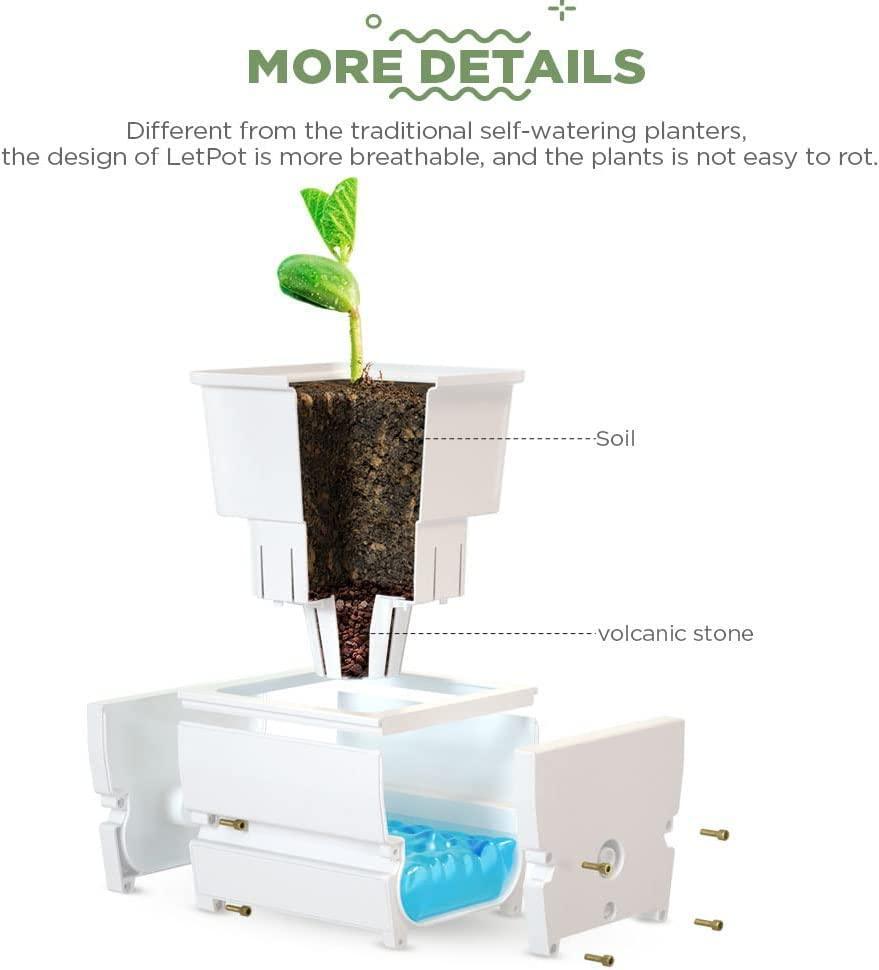
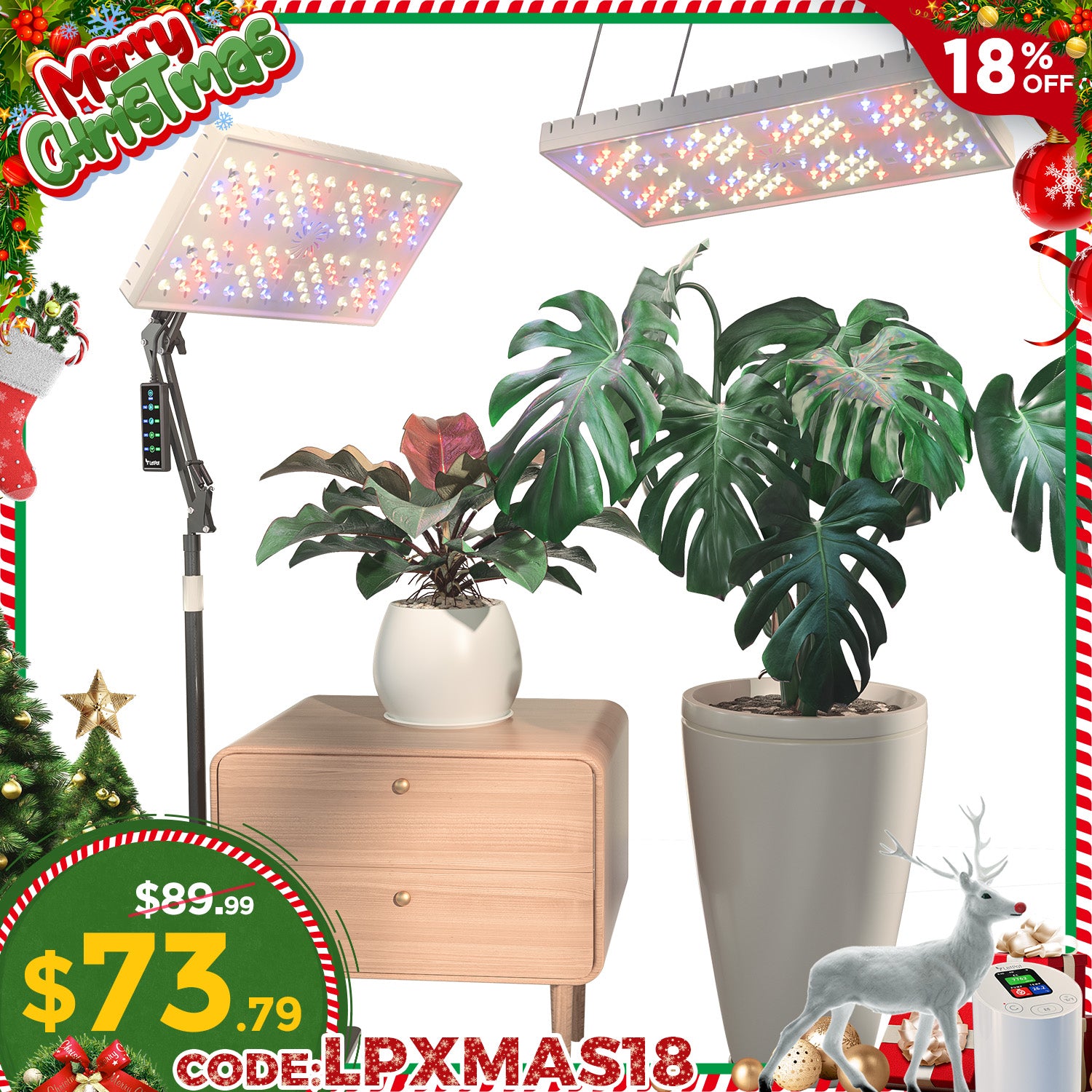
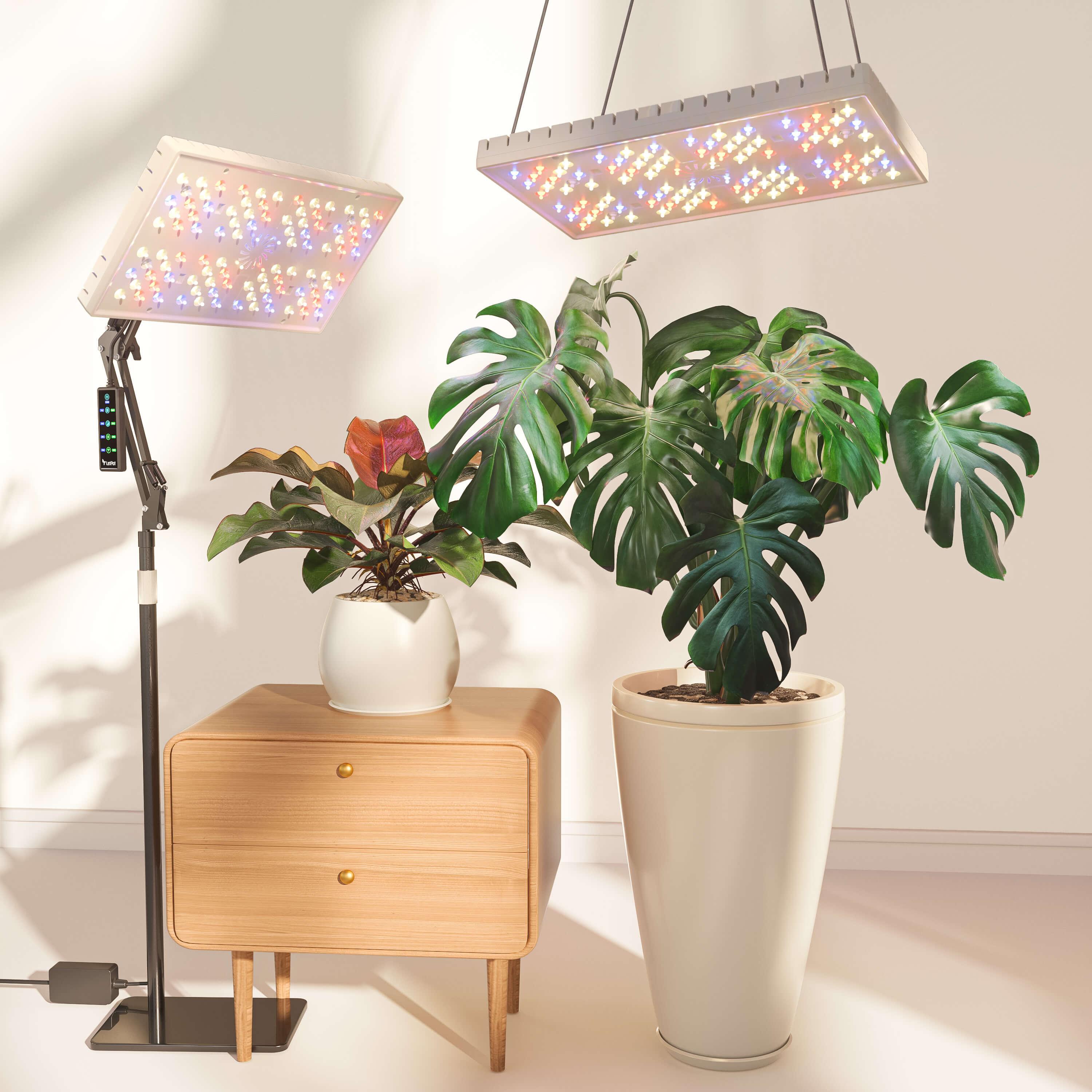
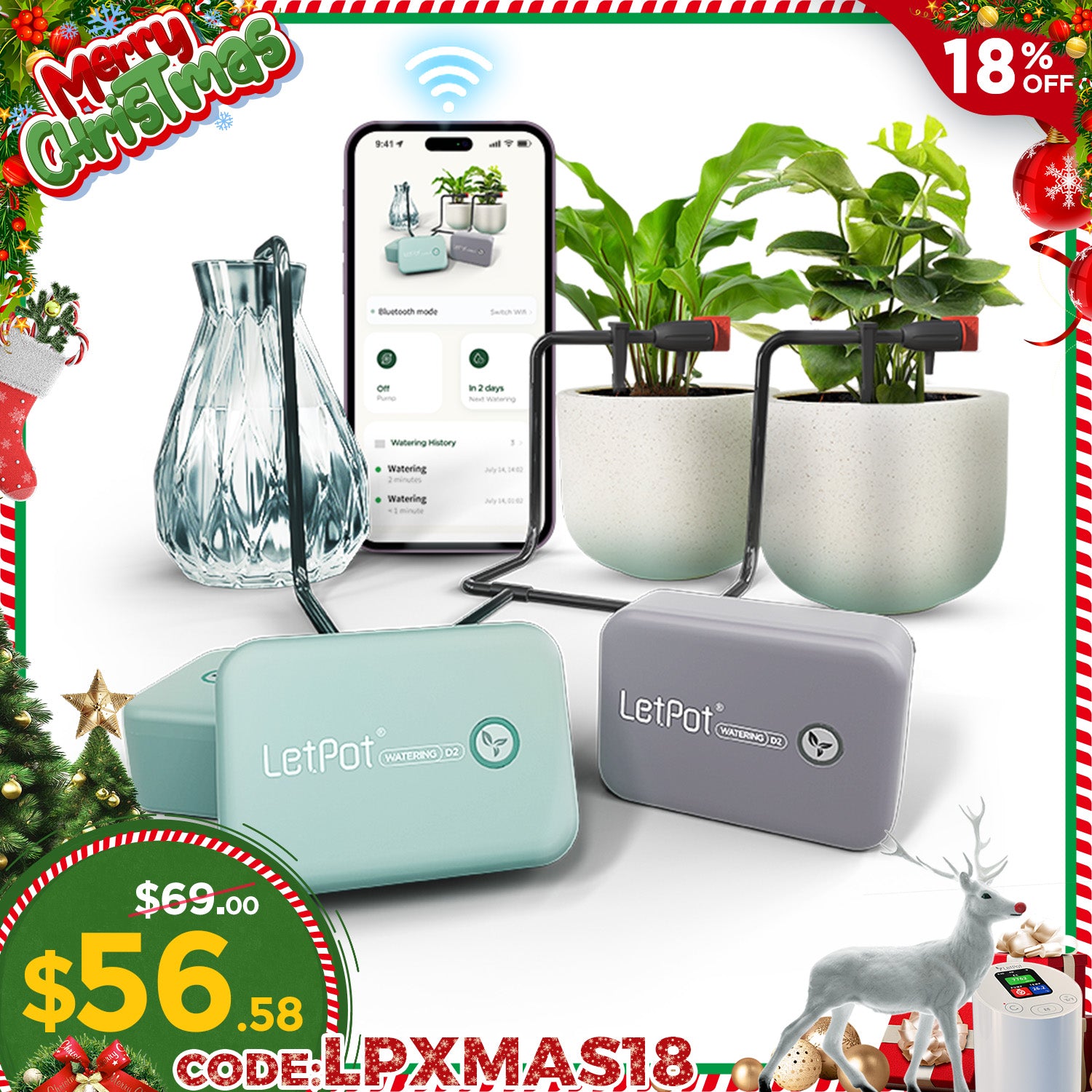

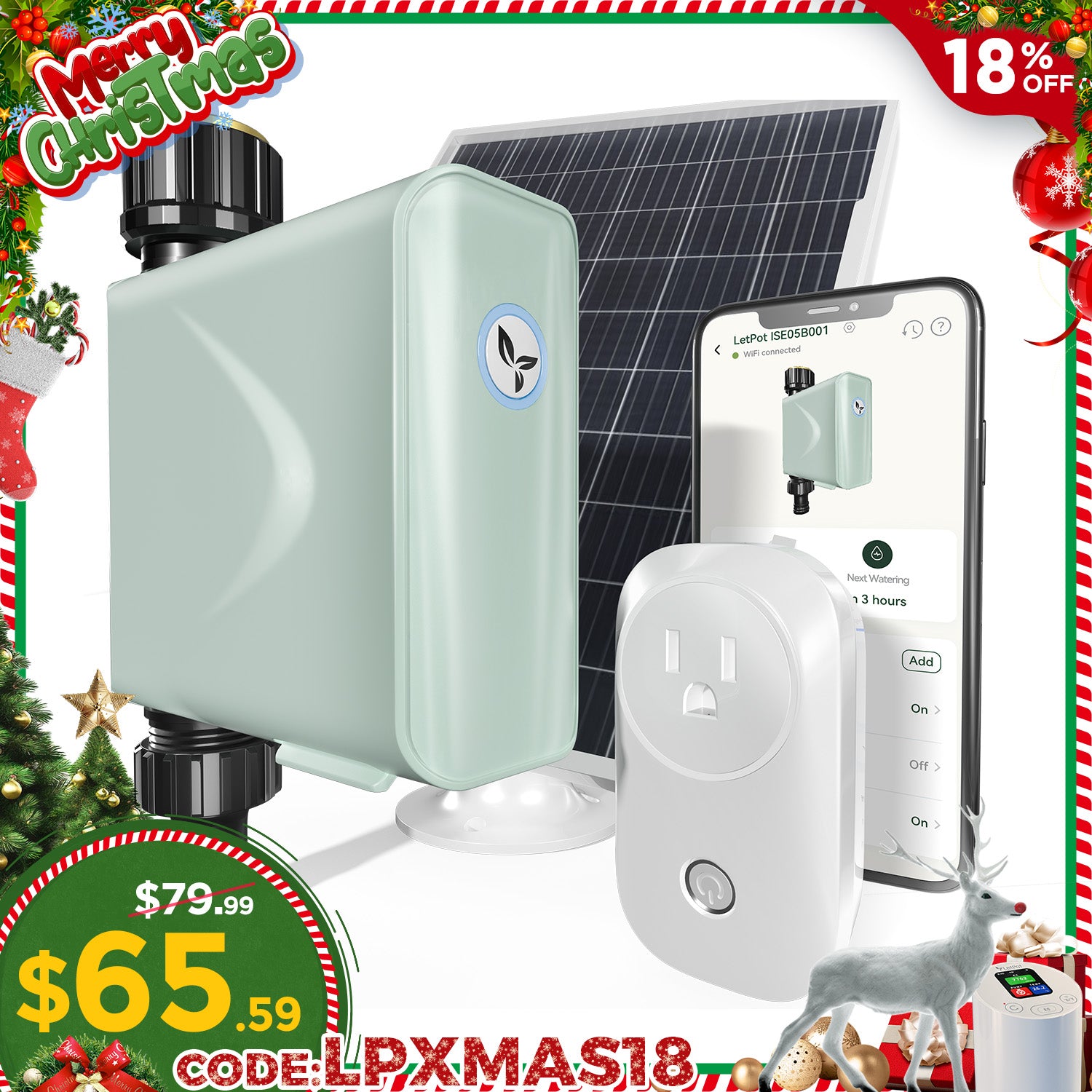
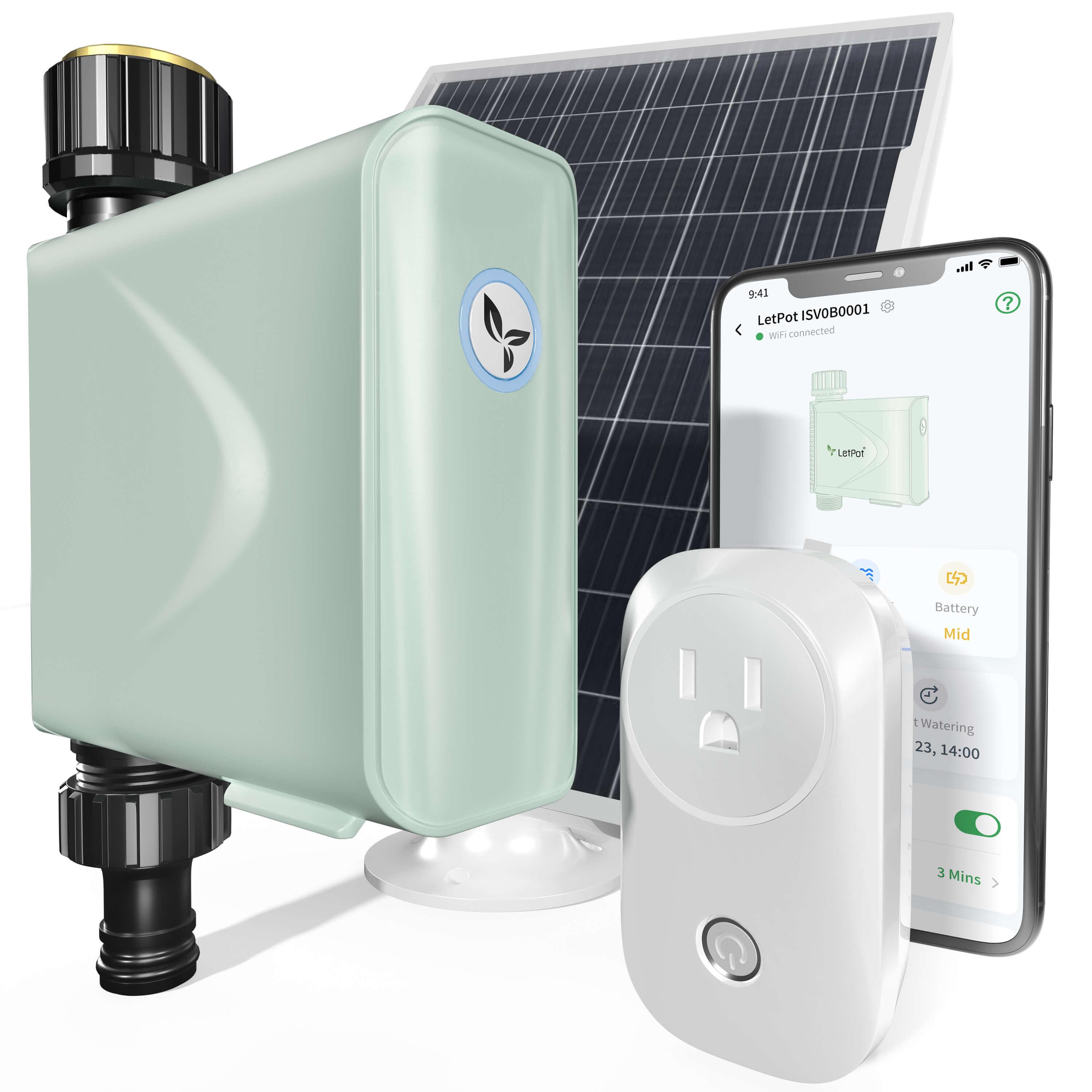

Leave a comment
All comments are moderated before being published.
This site is protected by hCaptcha and the hCaptcha Privacy Policy and Terms of Service apply.